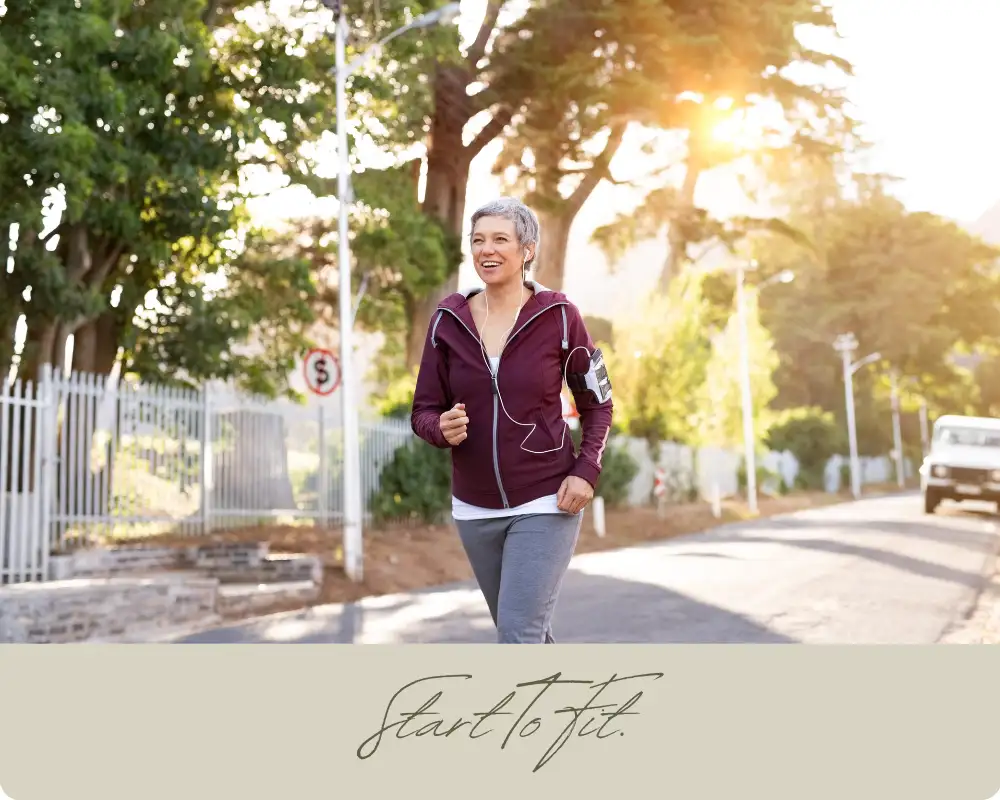Inside and Out: A Fitness Journey from Scratch

Translated by AI
Fitness isn't just about impressing others; it's about seeing yourself. In training, you uncover different aspects and values. Some want quick results, training extensively; others value consistency and take it slow, perhaps with a coach. Some engage socially, prioritizing friendship over exercise. None of these are superior; they simply offer ways to "see oneself" in various contexts.
Fitness for Both Mind and Body
Most people aim to live healthier lives through fitness. Medical research highlights these benefits and spiritual meaning:
Enhancing Cardiovascular Function: Reflects increased heart capacity and tolerance, reducing heart and respiratory disease risks. The cardiovascular system manages internal/external gas exchanges — "breathing" symbolizes self-external interaction. Smooth breathing minimizes barriers, deep breaths increase heart tolerance.
Strengthening Muscles: Enhances self-control. Muscles, main force points in activity, connect bones to control joint movements. Muscle strength, achieved via regular training, enhances endurance and self-mastery.
Improving Posture: Boosts confidence. Fitness tightens the body, aids weight loss, corrects bad postures. Appearance is how we present ourselves. Improved posture and praise boost inner and outer confidence.
Releasing Stress: Enables authentic living. Studies show exercise releases dopamine, endorphins, oxytocin, and serotonin, reducing stress like meditation. Exercise provides meditation-like benefits, releasing stress, unlocking potential, allowing self-expression.
Muscle mass/strength resembles bank savings, accumulated over time. Though challenging, early savings (pre-35) assist later efforts. After 35, muscle decline and stiffness around fascia arise, with issues like osteoporosis and knee cartilage degeneration. Starting fresh under these terms can be tough, but persistence pays off, revealing "muscle savings" and a new self.
Beginner's Training Goal: Consistency
Whether 40+, 50+, or older, beginners should focus on "low-stress," "sustainable," and "time/equipment-free" training. Three beginner tips for cardio, upper, and lower body enhancements:
Stationary Slow Jogging: Regular arm/leg swings suffice. Benefits: keeps feet on ground, suitable for knee/stamina issues. Rhythmic swings/breathing improve cardio and strength long-term. Ideal for low muscle deposits, 30-minute sessions advised, adjusted individually.
Wall Push-ups: Upper body training for chest and arms. Face the wall, hands on the wall, feet shoulder-width apart, elbows bent. Lean towards, use arm/chest force to return. Adjust by wall proximity—closer is easier, further is harder. Tables as alternative supports.

Wall Squats: Core/thigh muscle training, only needs a wall. Back to wall, feet shoulder-width, step forward (space for squat). Slowly squat, keep thighs/knees 30-90 degrees, hold 10 seconds, repeat 10-15 reps, thrice daily. Avoid knees beyond ankles to prevent strain.

Exercises ensure "low-stress," "sustainable," "equipment-free" ideals. Adapt them per condition, aim for 3+ weekly or daily workouts. Muscle memory prompts movement reminders, signaling exercise time.
Protein and Carbohydrates: Fitness Essentials
Post-exercise, muscles sustain minor damage and glucose depletes. Adequate protein/carbohydrate replenishment post-workout is crucial. Proteins aid growth/repair, providing satiety. Carbs convert quickly to glucose, offering energy and raising blood sugar.
Prioritize natural food sources for protein/carbohydrate replenishment: boiled eggs, tofu, unsweetened soy milk, sweet potatoes, ready-to-eat chestnuts, and potatoes for speedy recovery.
Protein remains vital sans training. The "Journal of Healthcare Management," April 2024, found three months of nutritional guidance helped elders enhance endurance with protein intake.
Chinese diets lean towards staples, mainly refined carbs. Many lack sufficient protein. The "Dietary Nutrient Intake References - Eighth Edition" advises adults consume 1.1 g protein/kg body weight; ages 70+ need 1.2 g/kg. A whole egg, 190 ml unsweetened soy milk, 150 grams (half box) soft tofu, or 25 grams chicken breast hold ~7 grams protein. Assess your protein intake.
Fitness: A Long-Term Journey
Fitness means surpassing oneself. Humans innately "seek ease, evade hardship." Challenges prompt avoidance; every training strains muscles, causing soreness, especially days later. Fatigue excuses skipped training unless strong will/motivations—weight loss, fat reduction, health—drive the routine. Otherwise, excuses to avoid exercise abound.
A reward pathway motivates effectively: set short-/medium-/long-term goals and rewards. Short-term: exercise 3x weekly/month; medium: 3x weekly/3 months; long-term: 2% muscle mass increase. Rewards foster satisfaction and perseverance.
Expectations of increased strength, muscle mass, and improved physique result from consistent fitness. Throughout, the mind observes, recognizing training and life blockages. Often, life's barriers block training progress, e.g., "giving up" from lack of ability or impatience for results. If ability is lacking, focus on achievable tasks; if impatient, reflect on urgency. Overcoming fitness hurdles reveals new perspectives in life.
Fitness and personal growth are lifelong pursuits—find your method and begin today!










